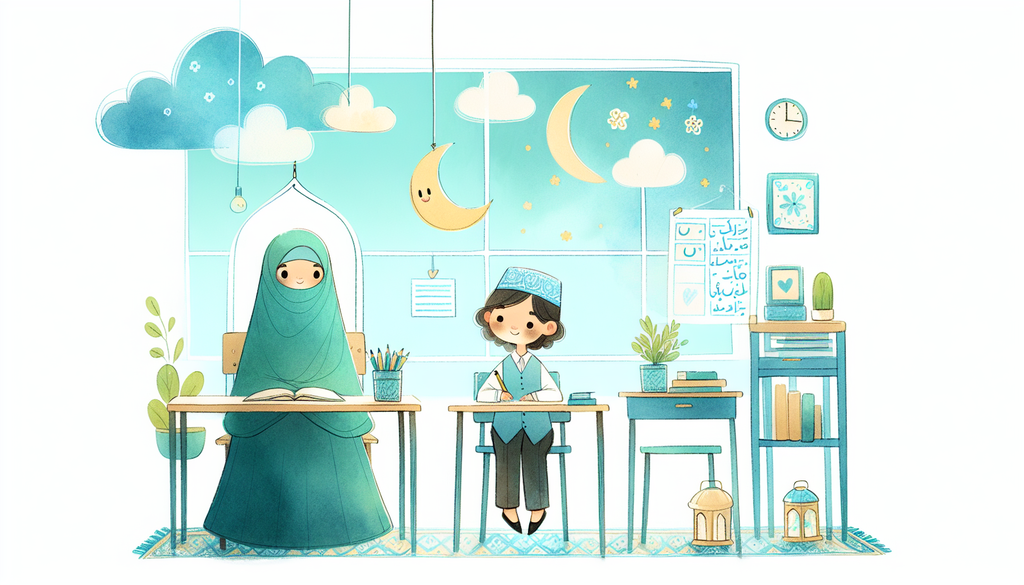Supporting Twice-Exceptional Children in a Regular Classroom

The story of every child is unique — a distinct narrative of abilities, challenges, passions, and dreams. Within these diverse narratives, there are some children whose stories are intricately layered with both exceptional abilities and significant learning challenges. These children are often referred to as twice-exceptional or 2e. As educators and caregivers, it’s essential to understand and address their unique needs, ensuring that their giftedness and learning difficulties are both acknowledged and supported.
Understanding Twice-Exceptionality
Twice-exceptional children often display exceptional abilities alongside one or more learning difficulties. They might exhibit advanced language skills, extraordinary problem-solving ability, or impressive artistic talent, while also struggling in areas like reading, writing, organization, sensory integration, or socio-emotional regulation [^1^].
These children can be challenging to identify as their strengths often mask their weaknesses and vice versa. This masking effect can leave them feeling under-challenged yet overwhelmed, leading to underachievement, frustration, and lower self-esteem.
Identifying Strengths and Challenges
Key principles for supporting 2e children are to identify their strengths and nurture their gifts, while also recognizing and creating structures to address their challenges. You can further read from our post Giftedness Unwrapped: Identifying Your Child’s Strengths to understand how to spot and foster your 2e child’s talents at home and school settings.
Tailoring education strategies for 2e students is an essential aspect of personalizing learning. Check our post on Personalizing Learning: Tailoring Education for 2e Students for more details on this.
Providing Emotional Support
Twice-exceptional children often deal with conflicting feelings of achievement and inadequacy, which can lead to anxiety, depression, or both. These children need safe and accepting environments where they can express their emotional challenges without fear of judgment. Our post on Giftedness and Anxiety: Coping Mechanisms for Parents and Children provides strategies to navigate these emotional complexities.
Strategies to Support 2e Students in the Classroom
While every twice-exceptional child is unique and requires a tailored strategy, here are some general tips that can help support and foster their growth.
Implementing Differentiated Instruction
One of the crucial strategies involves implementing differentiated instruction. This approach allows educators to meet diverse learning needs within one classroom, making it particularly beneficial for 2e students. To understand this concept better, refer to our post on Exploring Differentiated Instruction in the Classroom.
Utilizing Technology
Technology can be an invaluable aid for 2e students. It can provide adaptive learning experiences tailored to meet individual learning needs. Our blog on Bridging the Gap: Technology Integration for Gifted Education and Tech to the Rescue: The Best Apps for Special Education discusses how to use technology effectively for 2e students.
Encouraging Social-Emotional Growth
Not only do 2e students need help managing their academic challenges, but they also often need support in developing social-emotional skills. Socio-Emotional Growth for 2e Children: Strategies for Success offers insights into supporting 2e students’ socio-emotional growth.
Conclusion
At the heart of supporting twice-exceptional children is the understanding that their gifts and challenges coexist - one does not negate the other. They stand as poignant reminders of every child’s potential to shine brilliantly, given the right amount of support, understanding, and encouragement.